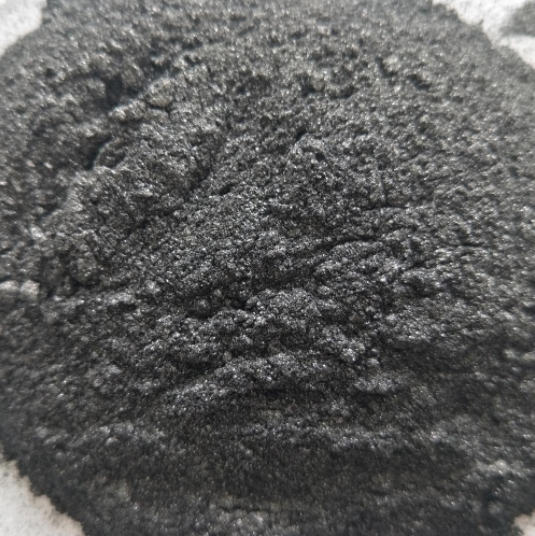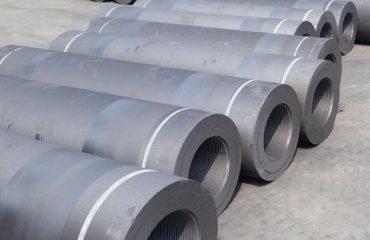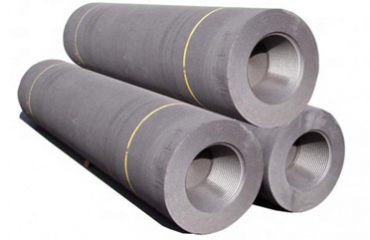
Graphene exists in nature, but it is difficult to peel off the single-layer structure. Graphene layer by layer is graphite. Graphite with a thickness of 1mm contains about 3 million layers of graphene. When a pencil scratches gently on the paper, the trace may be several layers or even just one layer of graphene.
In 2004, two scientists, Andre Guy (Andre Geim) and Kostya Novolov (Konstantin Novoselov), from the University of Manchester, UK, separated the graphite sheet from the highly oriented pyrolytic graphite, and then glued the two sides of the sheet to a special tape. They kept doing this, so the sheets became thinner and thinner. Finally, they got a sheet composed of only one layer of carbon atoms, which is graphene. In the following three years, Andre Geim and Konstantin Novoselov found the integer quantum Hall effect and the quantum Hall effect at room temperature in the single-layer and double-layer graphene systems, respectively. Therefore, they won the 2010 Nobel Prize in physics.


